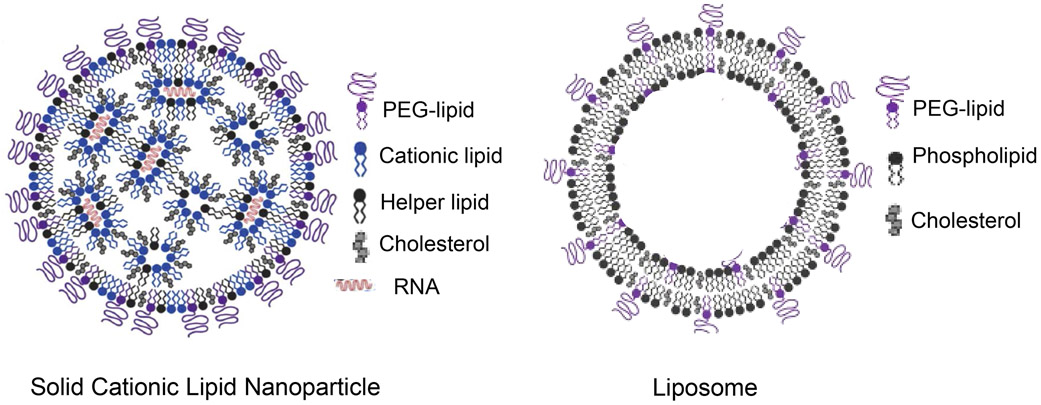Figure 4. Lipid nanoparticles (LNP) for the encapsulation and delivery of mRNA.
RNA has theoretical advantages over DNA delivery because the RNA payload only has to reach the cytosol instead of making it to the nucleus. Moreover, RNA does not pose the danger of integration into host genomes, is easier to manufacture, and only transiently expressed compared to DNA. Lipid nanoparticles differ from liposomes by the presence of an electron dense core that forms during complexation of cationic lipids to a nucleic acid. Instead, liposomes are composed of a lipid bilayer with an aqueous interior.71 LNP formulations are typically made up of: (i) an ionizable amino-lipid (discussed in Figure 5) for electrostatic complexing to RNA (in red), leading to the formation of hydrophobic inverted micelles; (ii) helper lipids providing structural components that stabilize cell membranes, including zwitterionic lipids (e.g., DOPE) or DSPC; (iii) cholesterol, promoting tight packaging of lipid components; and (iv) a glycol (PEG)-lipid, which provides a surface hydrating layer that improves colloidal stability with reduced protein adsorption.71 Reprinted with permission from ref 23. Copyright 2018 John Wiley and Sons.

